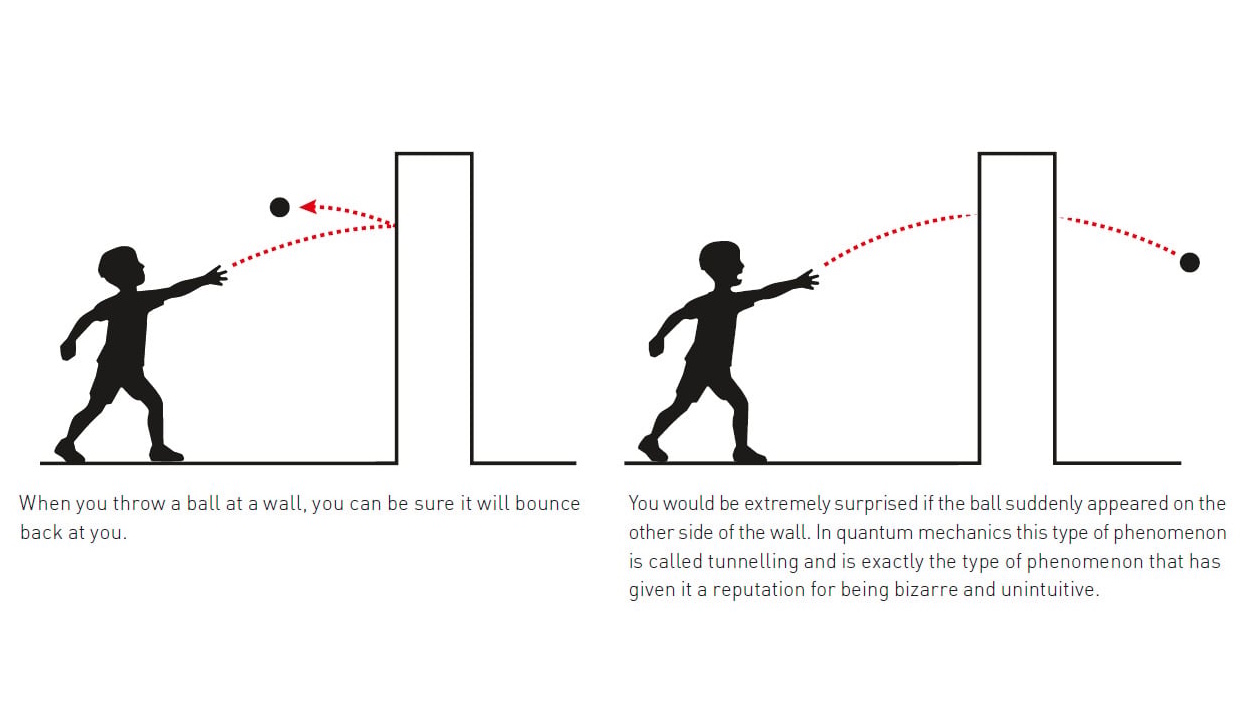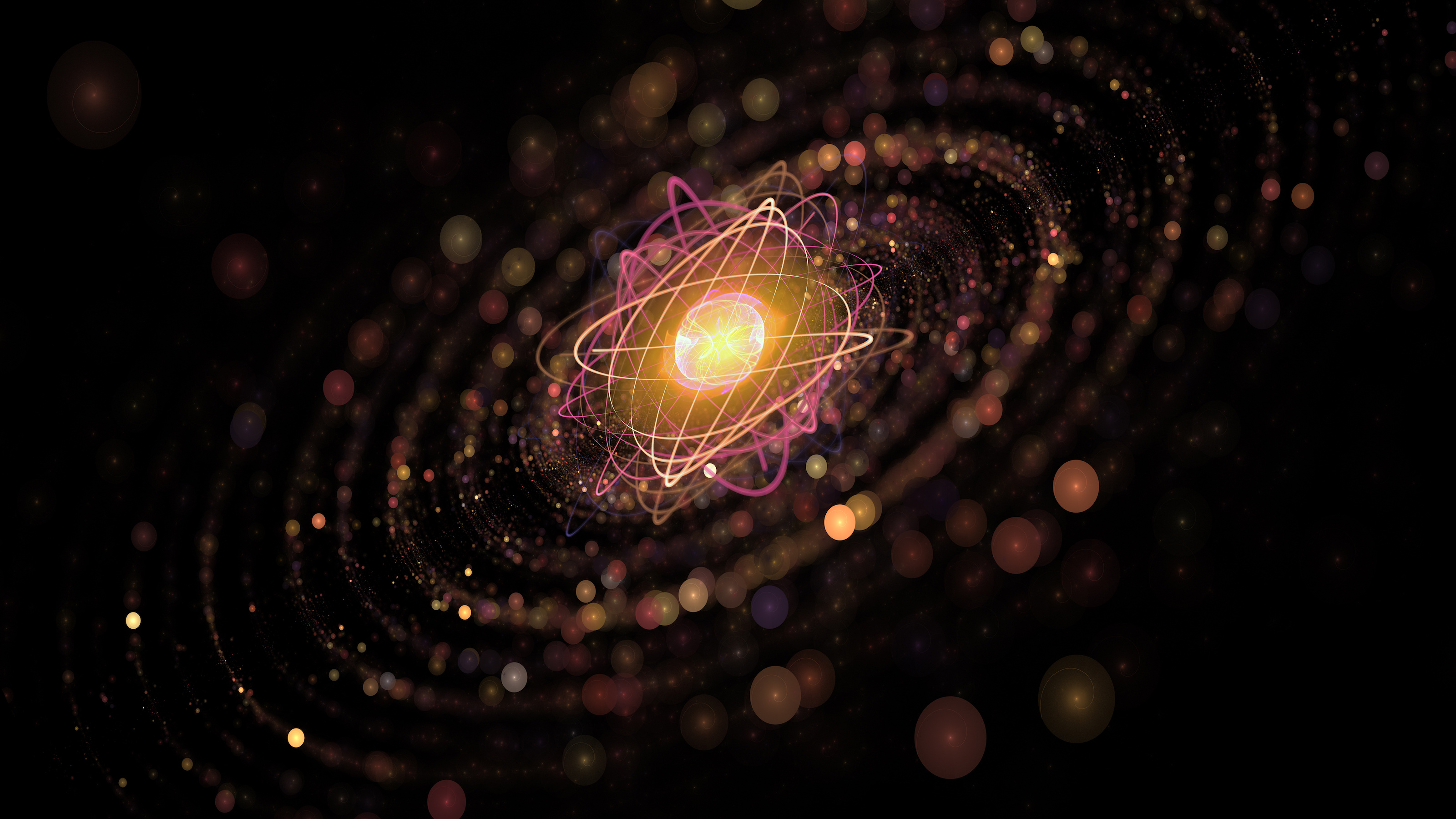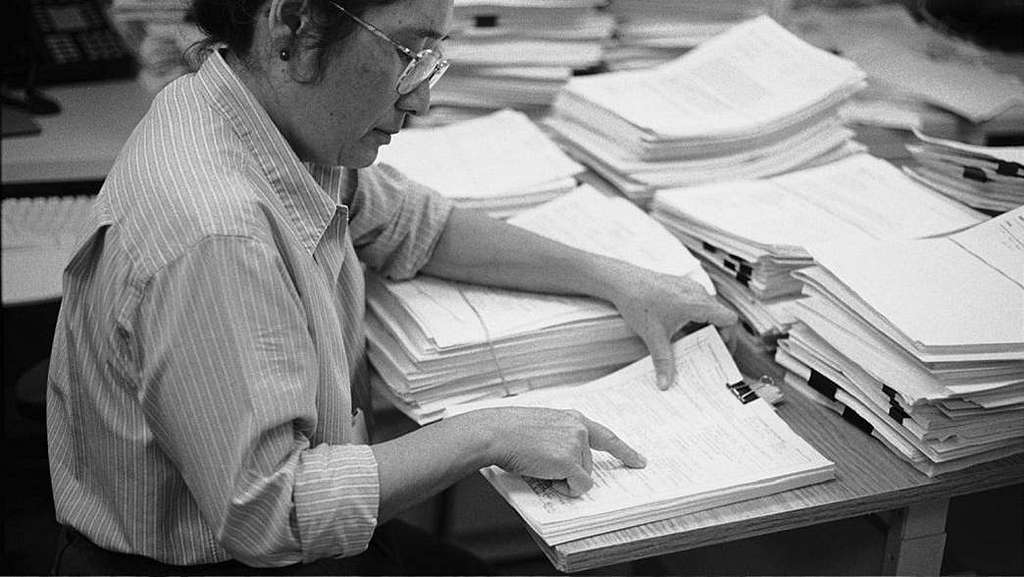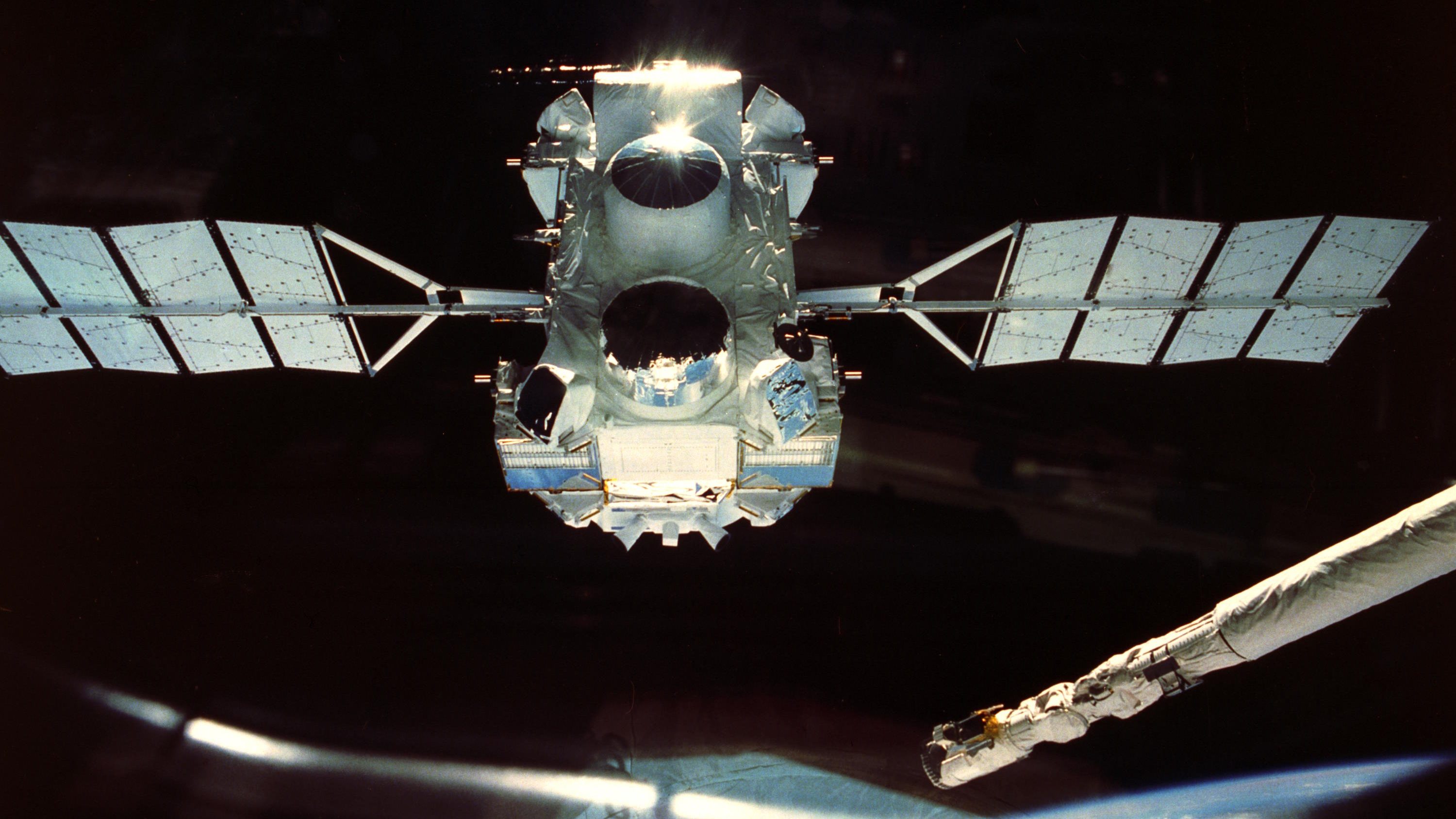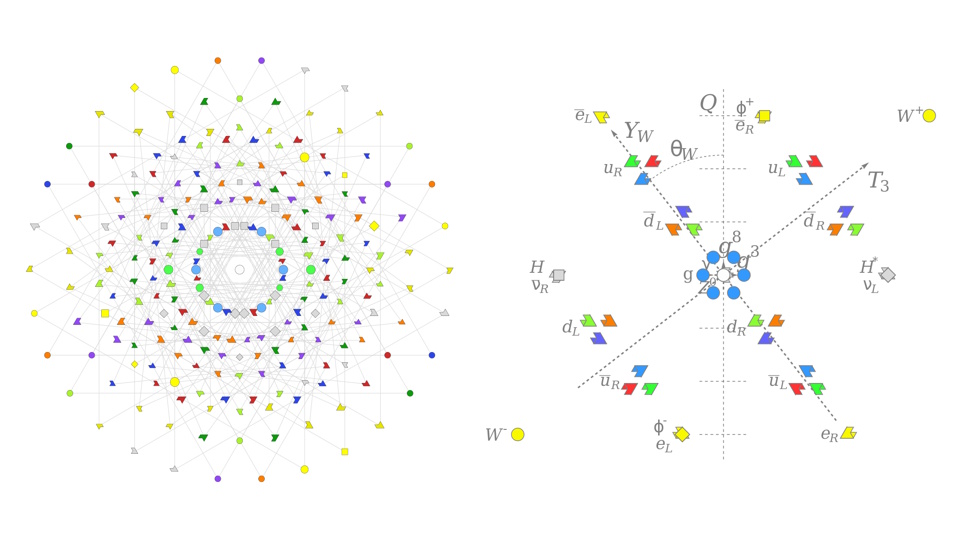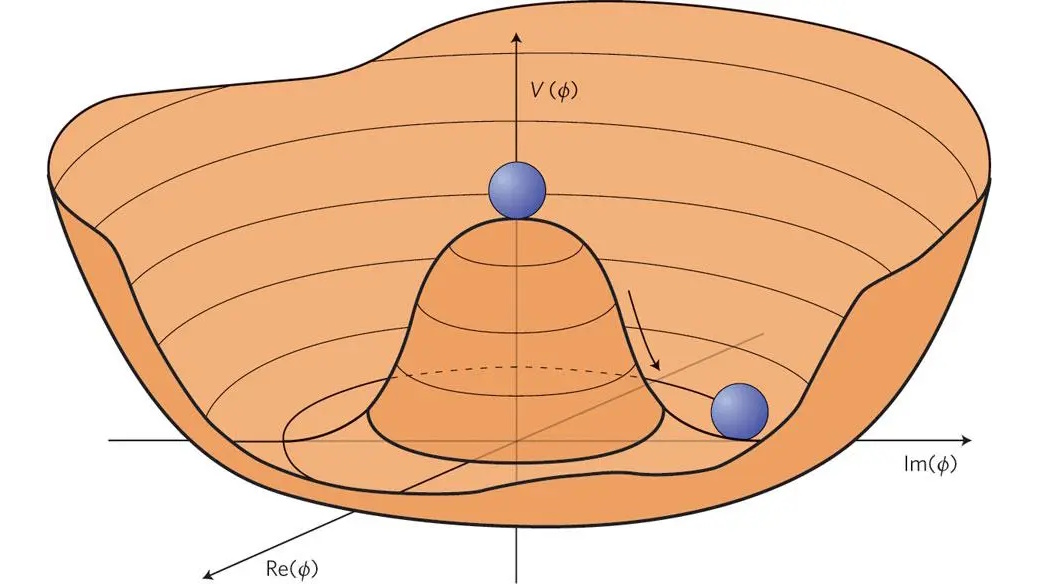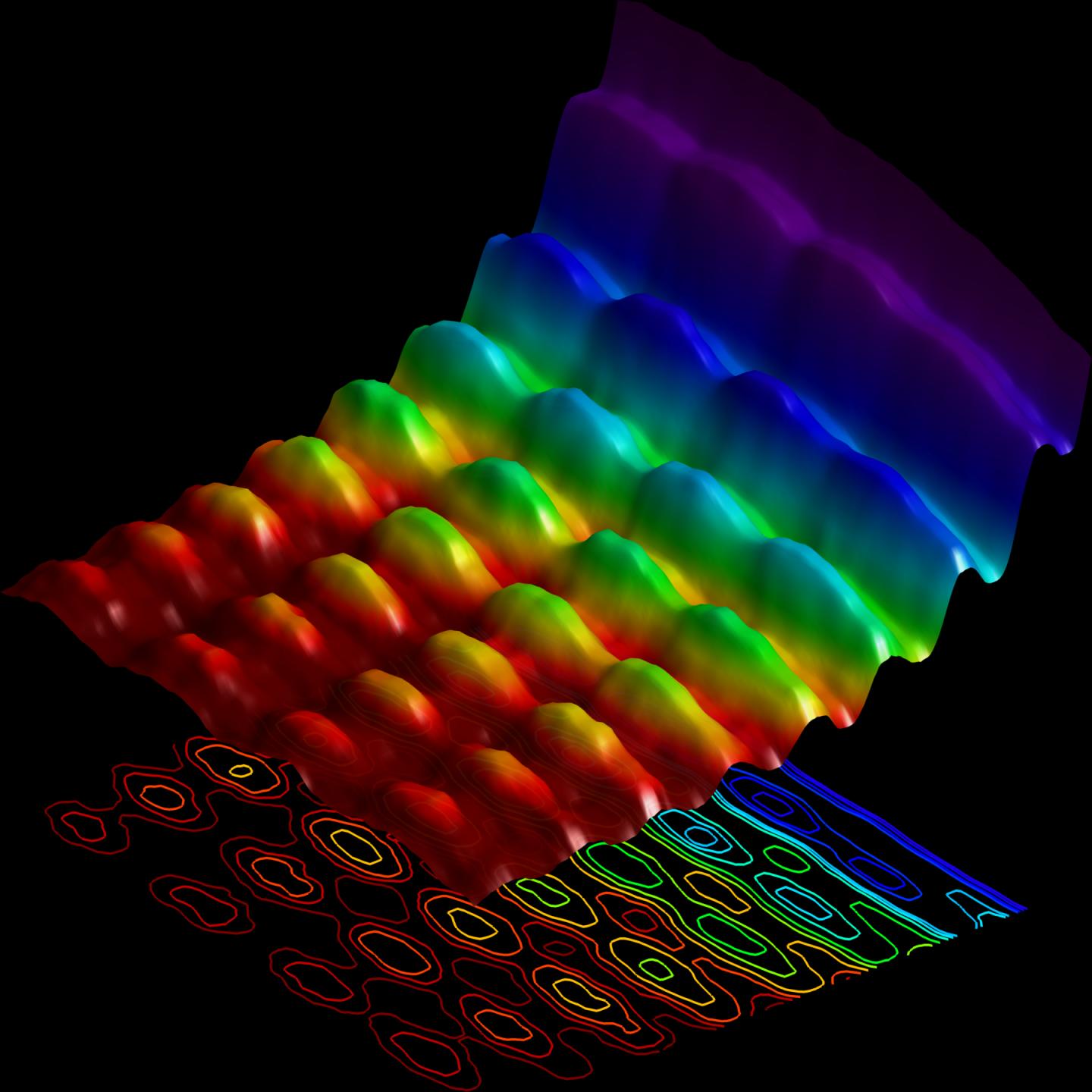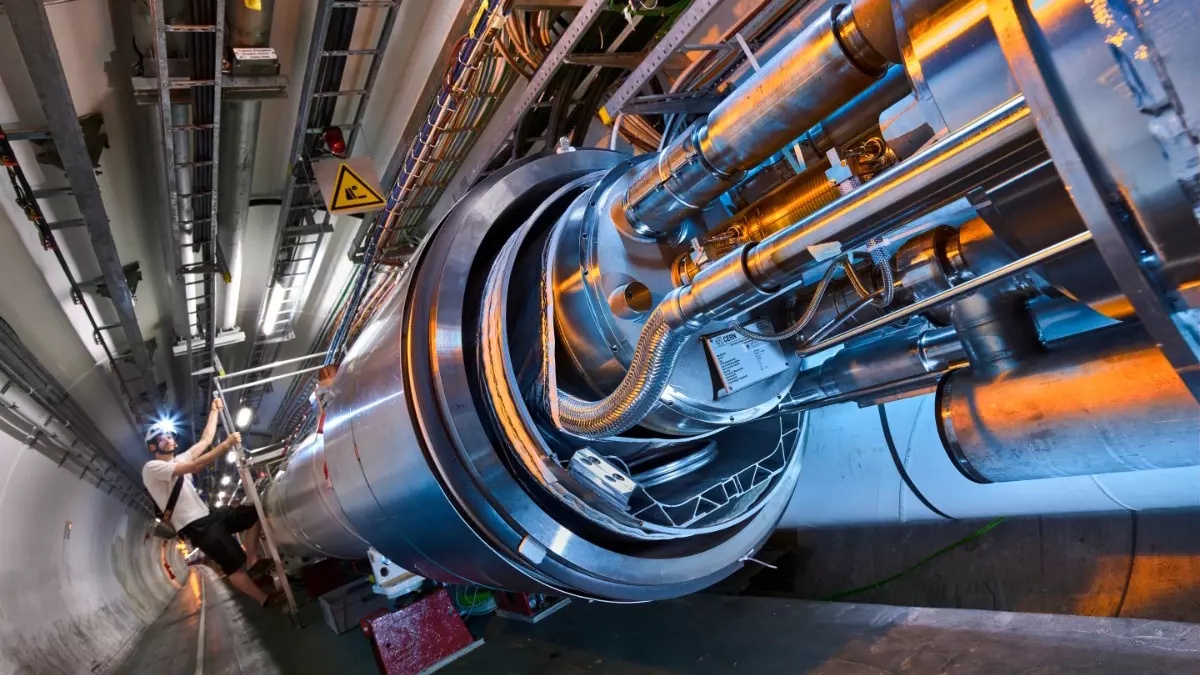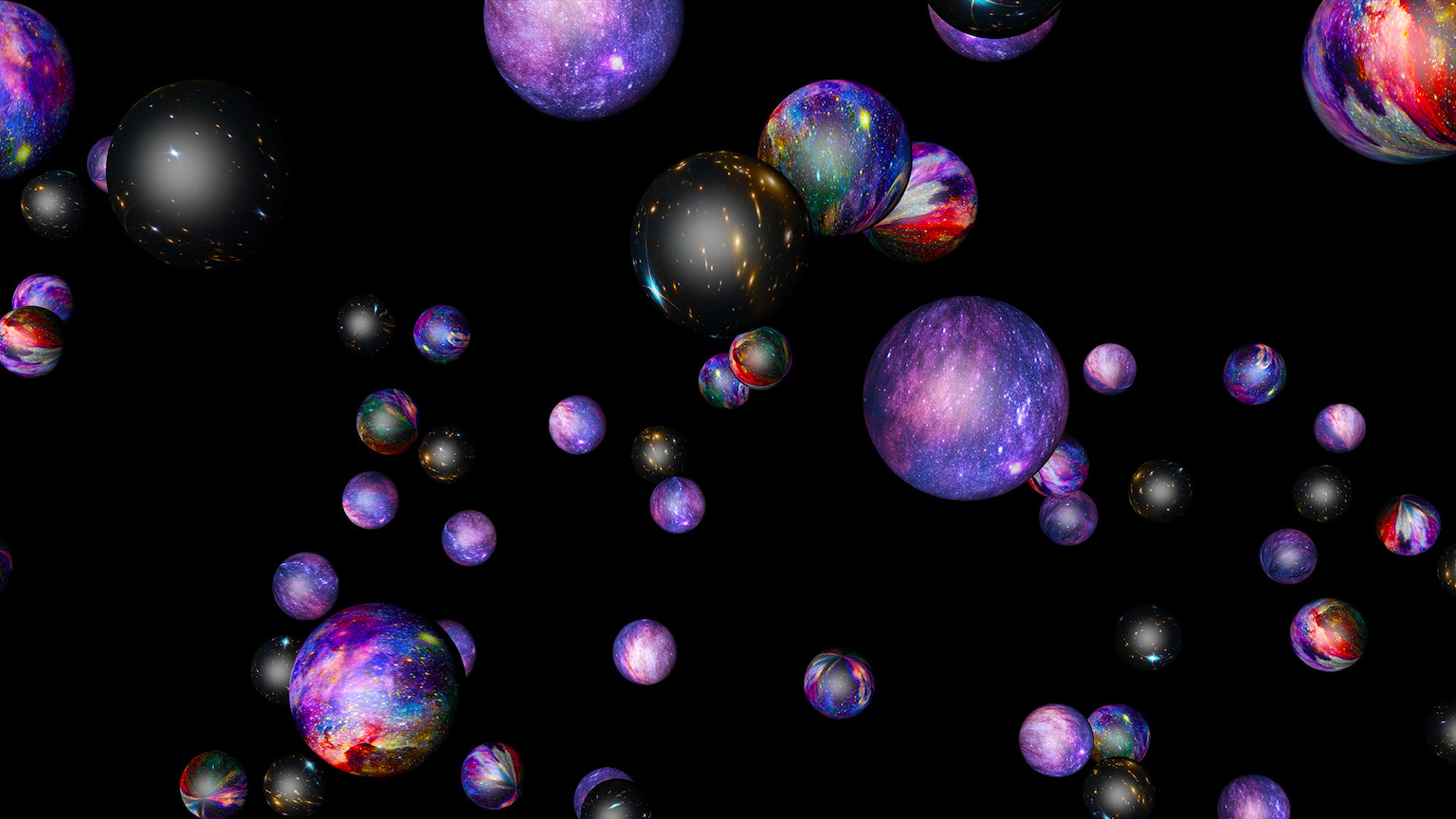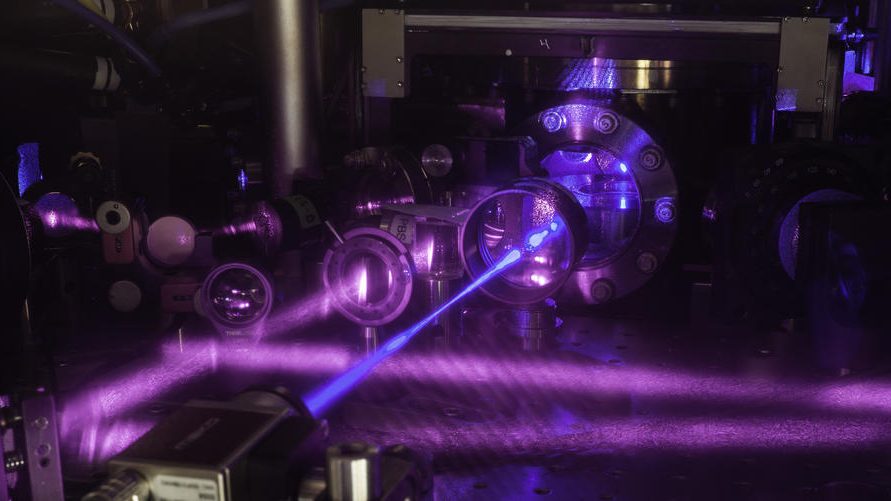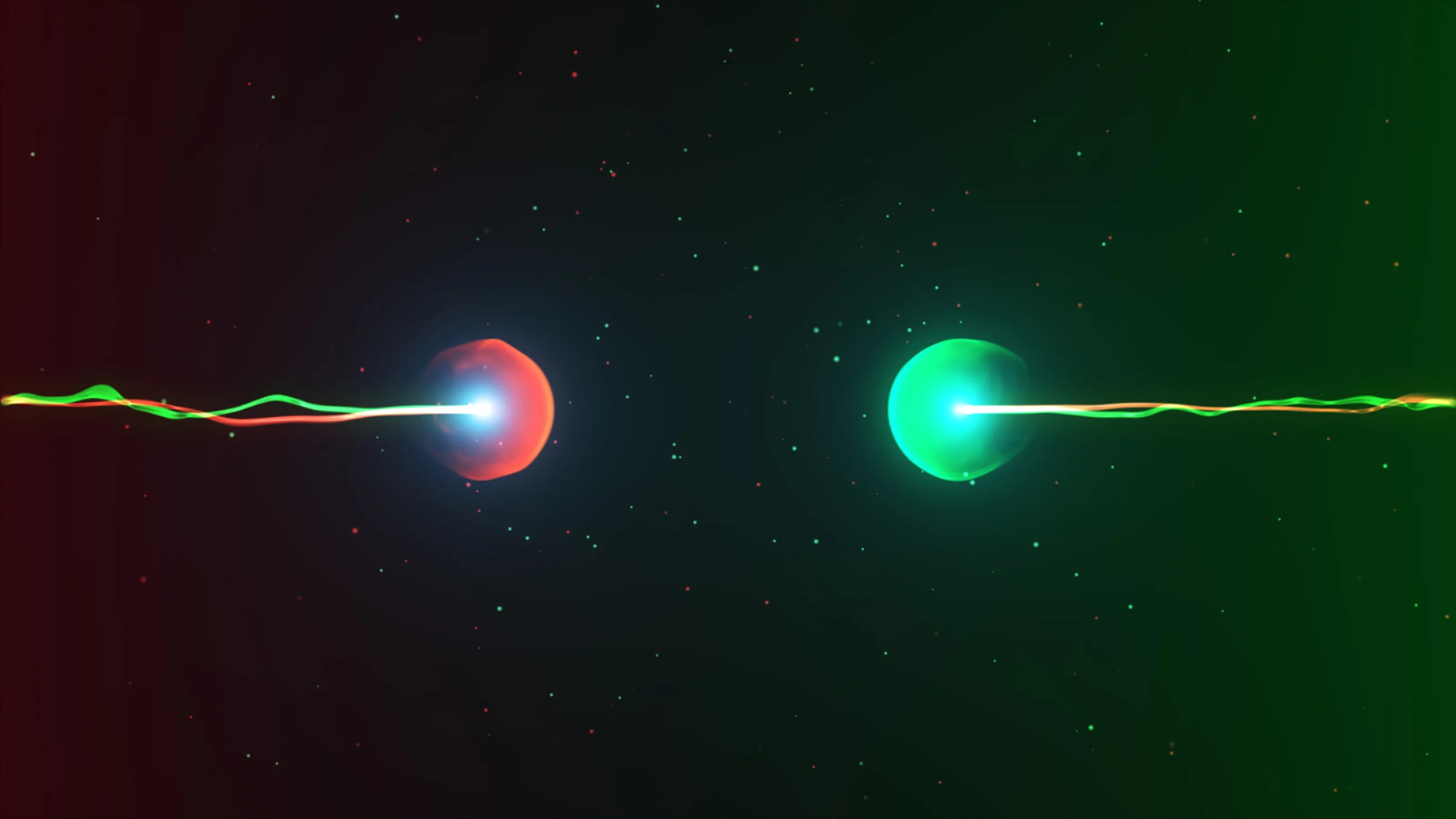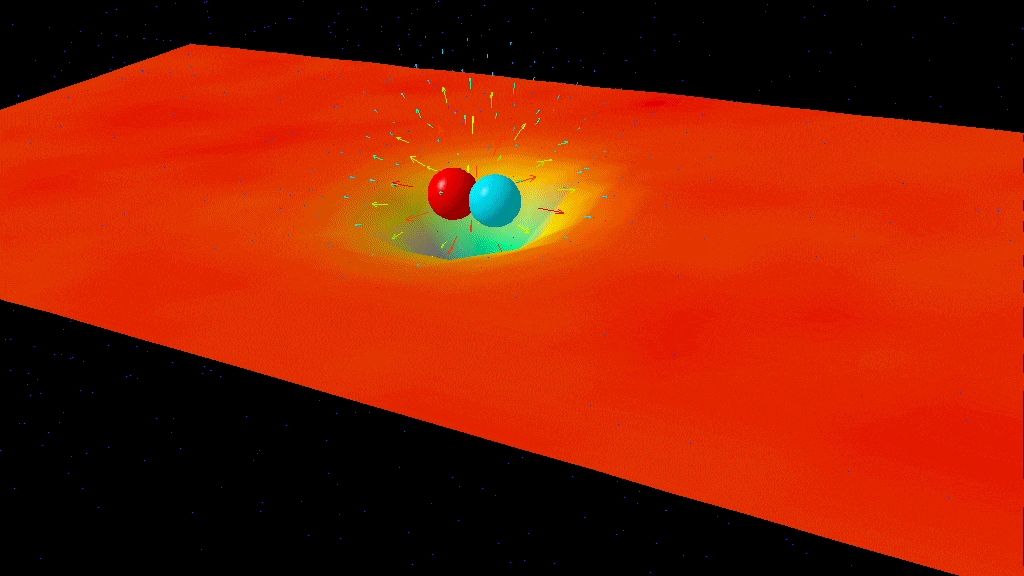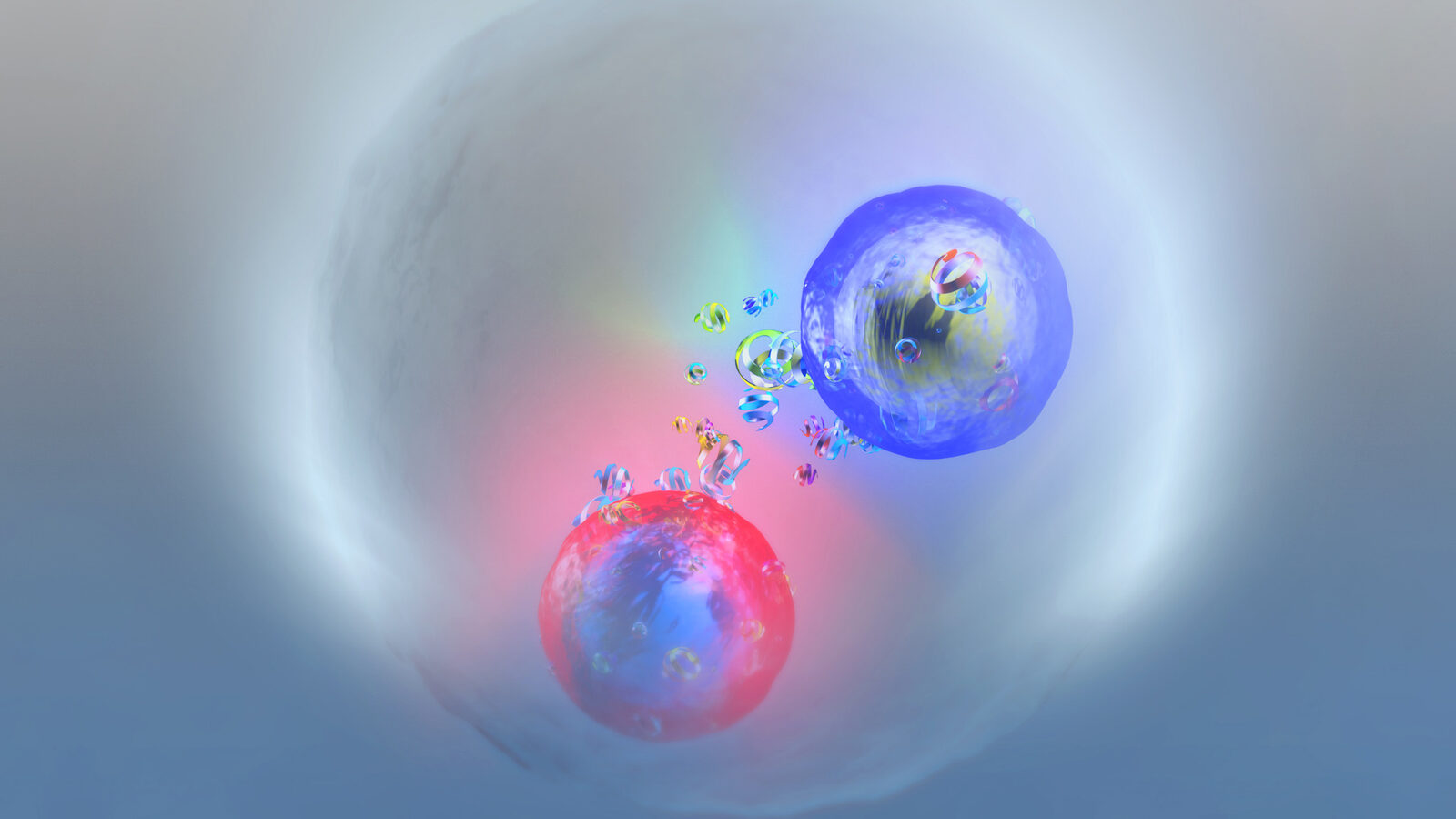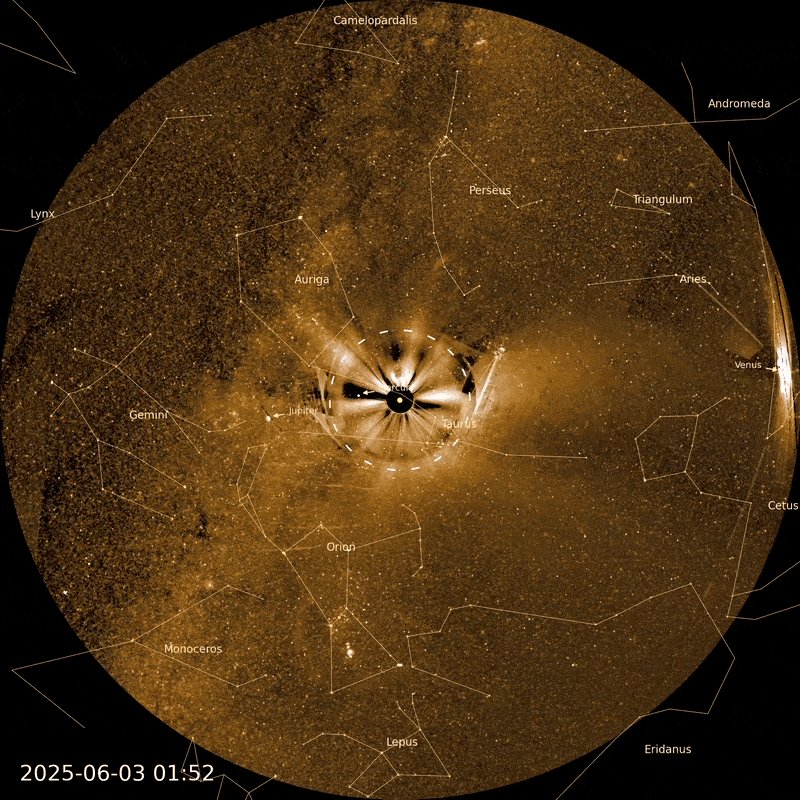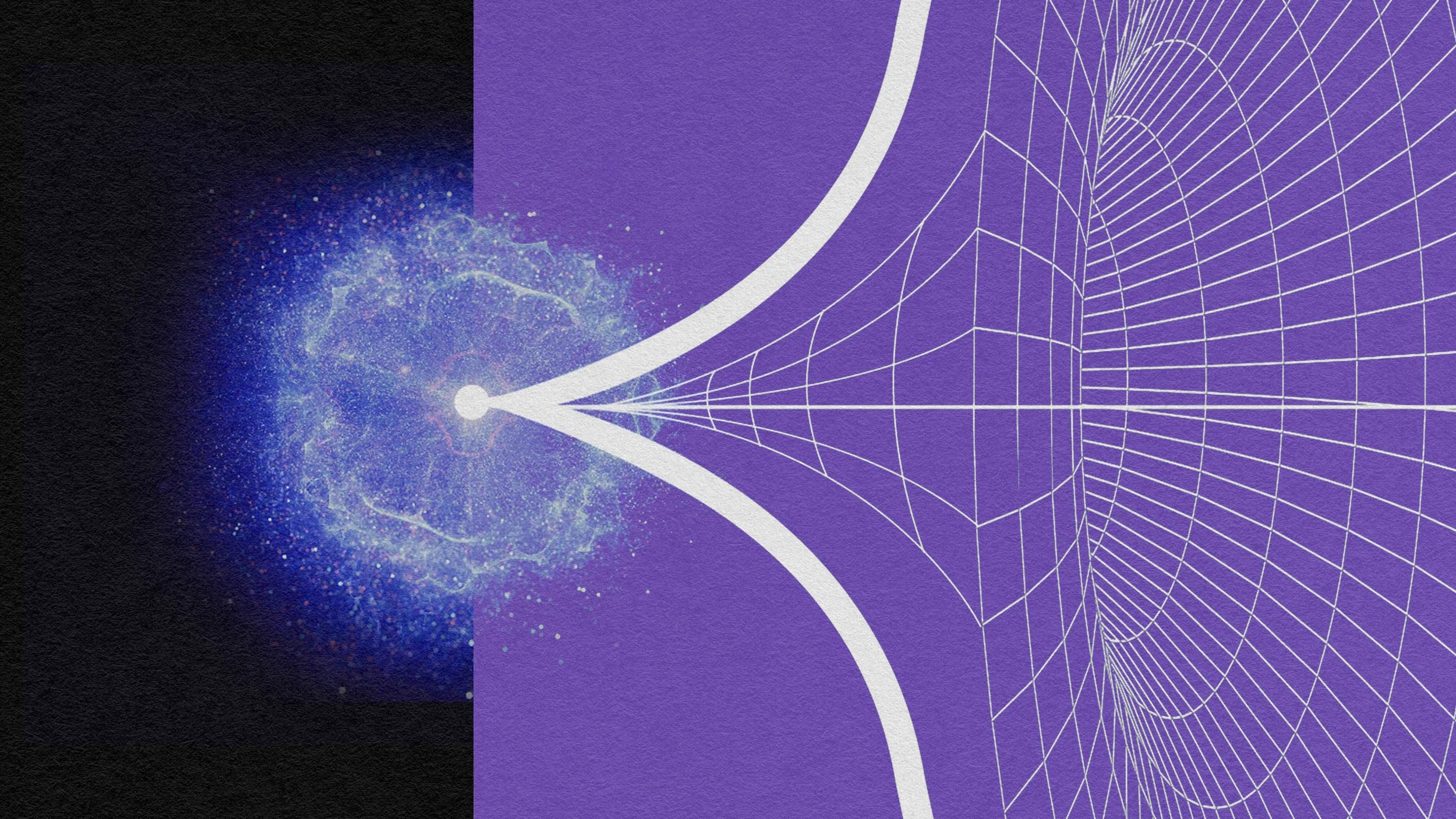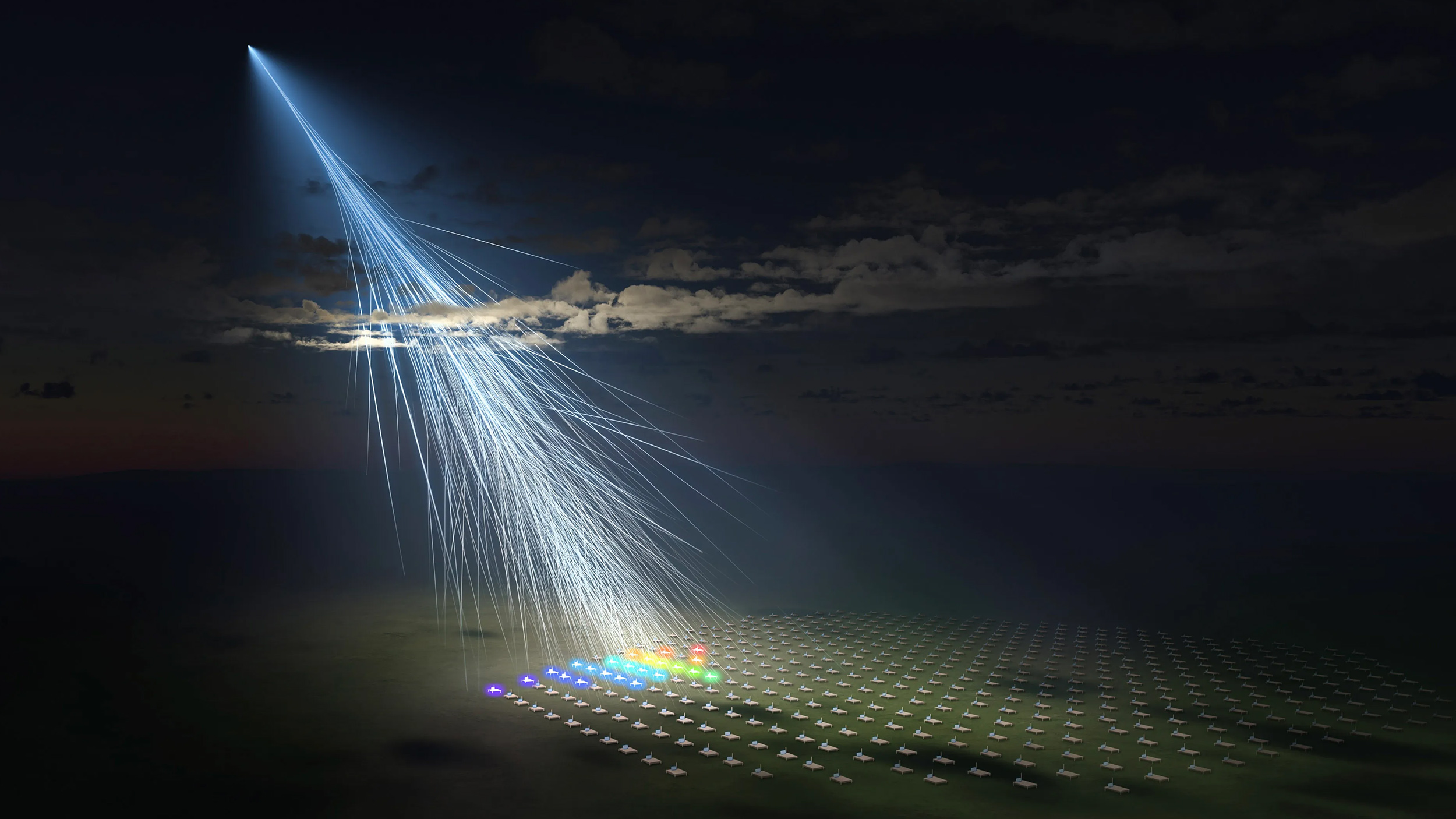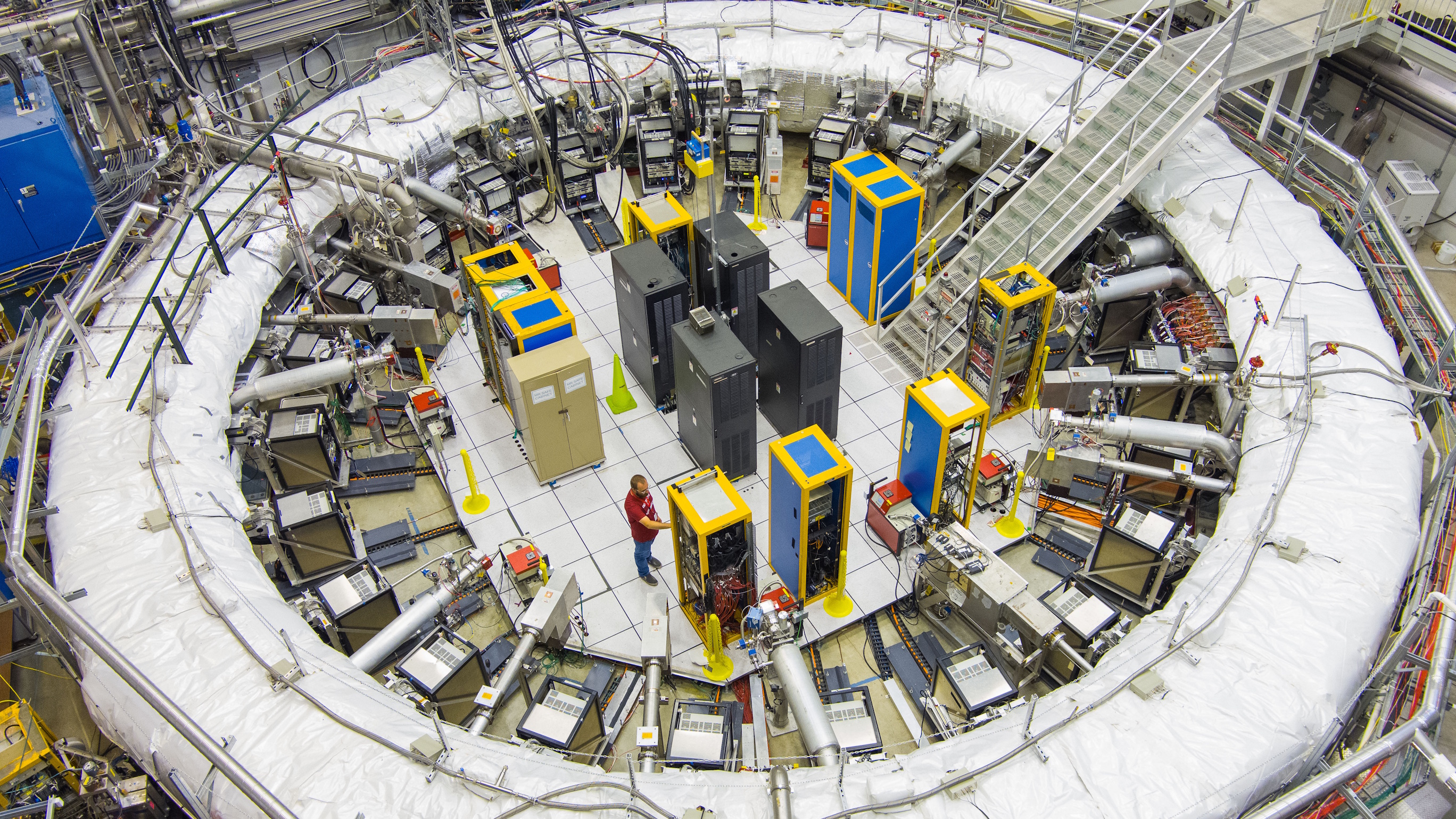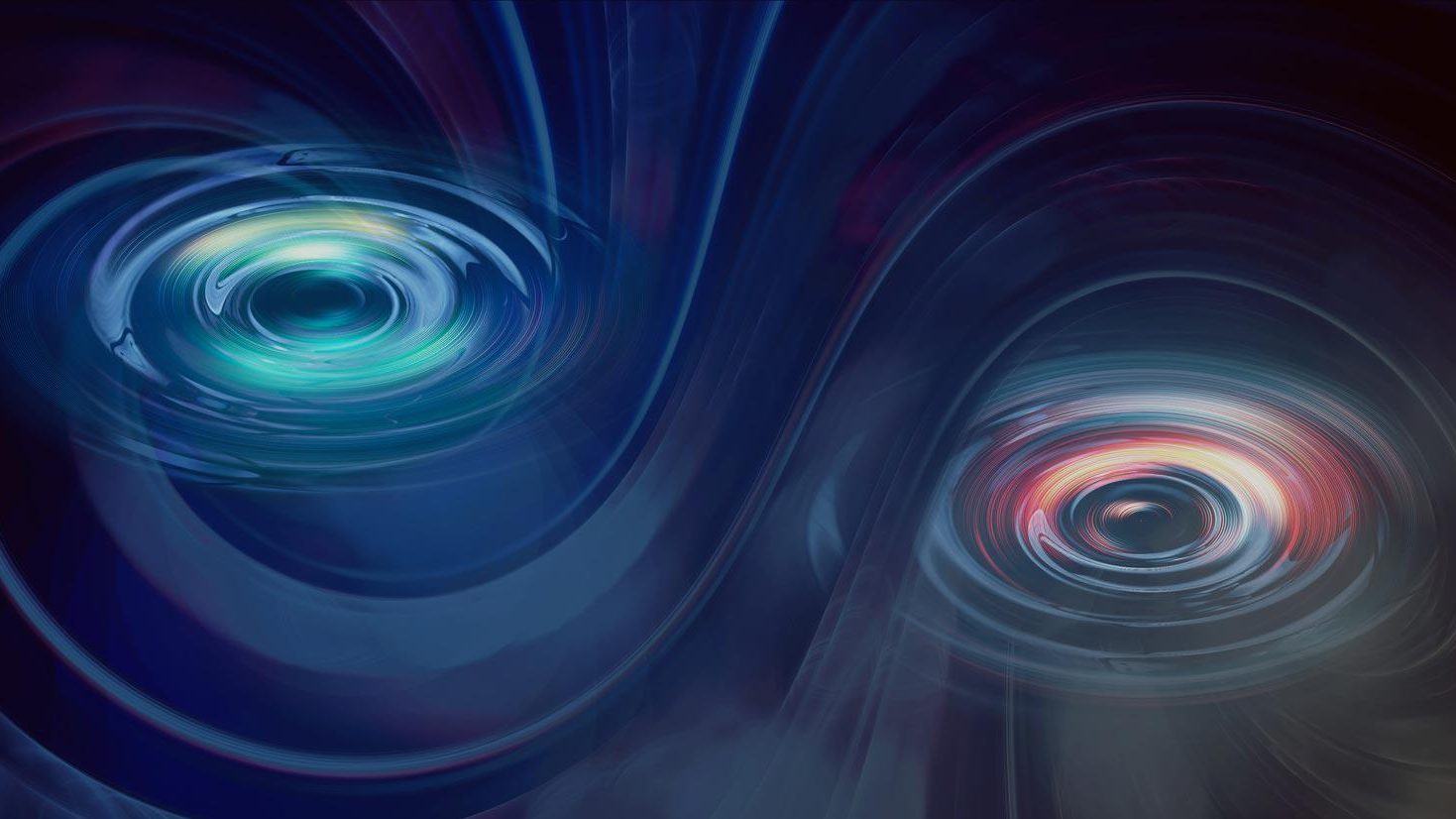particle physics
Quantum mechanics was first discovered on small, microscopic scales. 2025’s Nobel Prize brings the quantum and large-scale worlds together.
Proposed over 2000 years ago by Democritus, the word atom literally means uncuttable. Revived in 1803, today’s “atoms” can indeed be split.
Just because a paper passes peer review doesn’t mean that what’s written, or what the author asserts, is true. Here’s why it still matters.
The Holy Grail of physics is a Theory of Everything: where a single equation describes the whole Universe. But maybe there simply isn’t one?
Since even before Einstein, physicists have sought a theory of everything to explain the Universe. Can positive geometry lead us there?
Across all wavelengths of light, the Sun is brighter than the Moon. Until we went to the highest energies and saw a gamma-ray surprise.
When you don’t have enough clues to bring your detective story to a close, you should expect that your educated guesses will all be wrong.
Throughout history, “free energy” has been a scammer’s game, such as perpetual motion. But with zero-point energy, is it actually possible?
There could be variables beyond the ones we’ve identified and know how to measure. But they can’t get rid of quantum weirdness.
A next-generation collider is required for studying particle physics at the frontiers. Here’s the fastest, cheapest way to get it done.
Parallel universes are among the most profound notions in all of quantum physics. It’s a compelling and fascinating idea, but is it true?
Amplifying the energy within a laser, over and over, won’t get you an infinite amount of energy. There’s a fundamental limit due to physics.
Realizing that matter and energy are quantized is important, but quantum particles aren’t the full story; quantum fields are needed, too.
With the right material at the right temperature and a magnetic track, physics really does allow perpetual motion without energy loss.
Whether you run the clock forward or backward, most of us expect the laws of physics to be the same. A 2012 experiment showed otherwise.
Once you cross a black hole’s event horizon, there’s no going back. But inside, could creating a singularity give birth to a new Universe?
From high school through the professional ranks, physicists still take incredible lessons away from Newton’s second law.
No matter what it is that we discover about reality, the fact that reality itself can be understood remains the most amazing fact of all.
Will we build a successor collider to the LHC? Someday, we’ll reach the true limit of what experiments can probe. But that won’t be the end.
The measured value of the cosmological constant is 120 orders of magnitude smaller than what’s predicted. How can this paradox be resolved?
Can the top quark, the shortest-lived particle of all, bind with anything else? Yes it can! New results at the LHC demonstrate toponium exists.
Launched in March, the PUNCH mission has viewed two incredible coronal mass ejections, tracking them farther from the Sun than ever before.
A few physical quantities, in all laboratory experiments, are always conserved: including energy. But for the entire Universe? Not so much.
On Earth, our particle accelerators can reach tera-electron-volt (TeV) energies. Particles from space are thousands of times as energetic.
When theory and experiment disagree, it could mean new physics. This time, they solved the muon g-2 puzzle, and saved the Standard Model.
In our Universe, dark matter outmasses normal matter by a 5-to-1 ratio, shaping the Universe as we know it. What if it simply weren’t there?
The long-elusive neutrino was shown to have a bizarre property no one expected: mass. New, tightest-ever limits have profound implications.
Here in our Universe, time passes at a fixed rate for all observers: one second-per-second. Before the Big Bang, things were very different.
If it weren’t for the intricate rules of quantum physics, we wouldn’t have formed neutral atoms “only” ~380,000 years after the Big Bang.
If all massive objects emit Hawking radiation, not just black holes alone, then everything is unstable, even the Universe. Can that be true?
